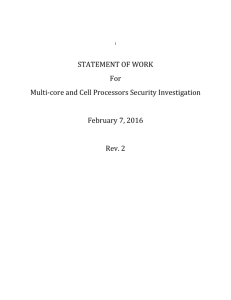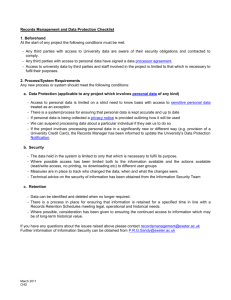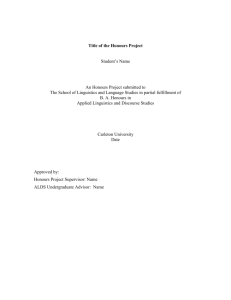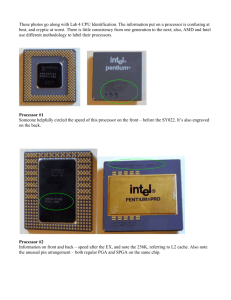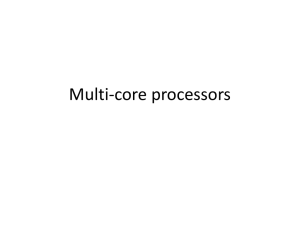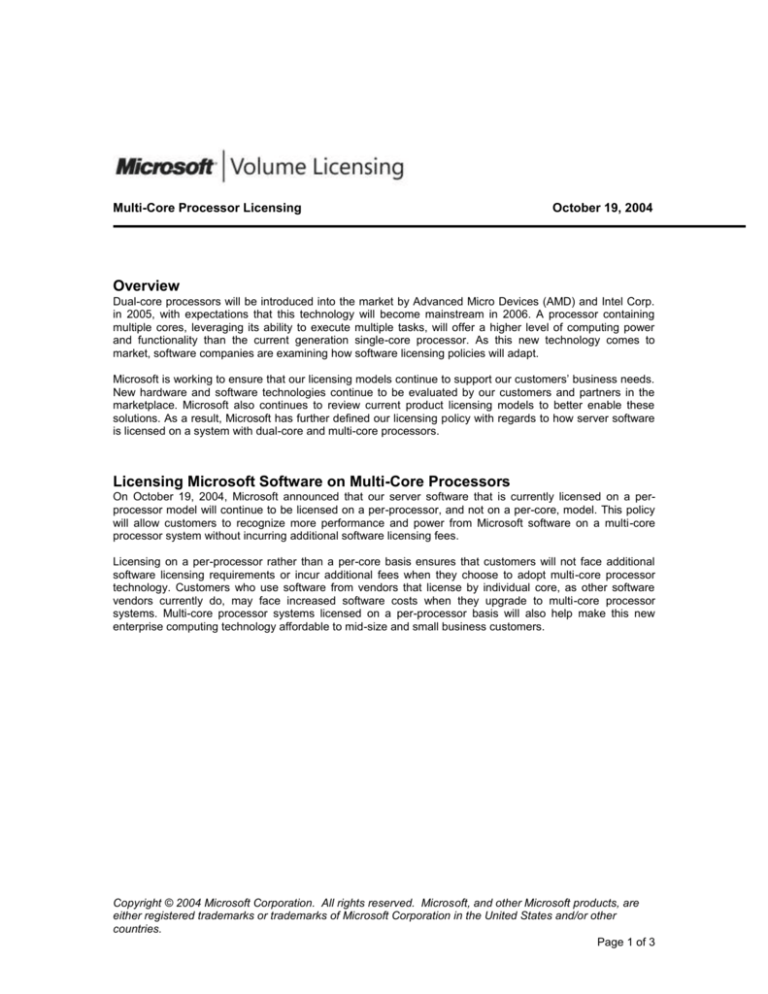
Multi-Core Processor Licensing
October 19, 2004
Overview
Dual-core processors will be introduced into the market by Advanced Micro Devices (AMD) and Intel Corp.
in 2005, with expectations that this technology will become mainstream in 2006. A processor containing
multiple cores, leveraging its ability to execute multiple tasks, will offer a higher level of computing power
and functionality than the current generation single-core processor. As this new technology comes to
market, software companies are examining how software licensing policies will adapt.
Microsoft is working to ensure that our licensing models continue to support our customers’ business needs.
New hardware and software technologies continue to be evaluated by our customers and partners in the
marketplace. Microsoft also continues to review current product licensing models to better enable these
solutions. As a result, Microsoft has further defined our licensing policy with regards to how server software
is licensed on a system with dual-core and multi-core processors.
Licensing Microsoft Software on Multi-Core Processors
On October 19, 2004, Microsoft announced that our server software that is currently licensed on a perprocessor model will continue to be licensed on a per-processor, and not on a per-core, model. This policy
will allow customers to recognize more performance and power from Microsoft software on a multi-core
processor system without incurring additional software licensing fees.
Licensing on a per-processor rather than a per-core basis ensures that customers will not face additional
software licensing requirements or incur additional fees when they choose to adopt multi-core processor
technology. Customers who use software from vendors that license by individual core, as other software
vendors currently do, may face increased software costs when they upgrade to multi-core processor
systems. Multi-core processor systems licensed on a per-processor basis will also help make this new
enterprise computing technology affordable to mid-size and small business customers.
Copyright © 2004 Microsoft Corporation. All rights reserved. Microsoft, and other Microsoft products, are
either registered trademarks or trademarks of Microsoft Corporation in the United States and/or other
countries.
Page 1 of 3
Multi-Core Processor Summary Diagram
Single-Core Processor System—Customer A
Server software licensed on a per-processor basis for
systems with multi-core processors requires only one
software license per processor.
System Hardware
Processor
Customer A has a system with a single processor with
one processor core. Only one server software license is
required per processor.
Processor Core
Dual-Core Processor System—Customer B
Customer B has a system with a single processor with
two processor cores. As in the example with Customer
A, only one server software license is required per
processor.
System with Two Dual-Core Processors—Customer C
Customer C has a system with two processors, and
each processor has two processor cores. One server
software license would be required per processor.
Copyright © 2004 Microsoft Corporation. All rights reserved. Microsoft, and other Microsoft products, are
either registered trademarks or trademarks of Microsoft Corporation in the United States and/or other
countries.
Page 2 of 3
Frequently Asked Questions
Q: What is a “processor”?
A: A physical processor is a single chip that houses a collection of one or more processor cores. A core is a
collection of one or more processor threads and a set of shared execution resources. A processor thread is
the architectural state within a processor that tracks execution of a software program thread/task.
Q: When does the new Microsoft licensing policy regarding multi-core processors go into effect?
A: The licensing policy is current as of October 19, 2004. Dual-core processors and dual-core processor
systems are expected to be available in mid-2005. Microsoft is moving in parallel with hardware technology
innovation to ensure that customers have the appropriate information to budget and plan for their business
needs as multi-core technology becomes available.
Q: A customer wants to upgrade their single-core processor system by replacing the single-core processor
with a multi-core processor. If they do so, will there be an increase in cost for their current software license?
A: No. The customer will incur the cost for one software license per processor, not per core. So if a
customer replaces the single-core processor on their system with a multi-core processor, they will need to
have only one license per processor.
Q: With the advent of multi-core processors, customers may plan to acquire fewer and/or smaller systems.
Due to this fact they may have acquired more server software licenses than they think they will need. Will
Microsoft issue refunds?
A: No. Many factors influence the number of licenses customers need. The licenses are still valuable and
customers may make use of them as their software needs change.
Q: Will Microsoft raise the price of its software due to the new multi-core licensing policy?
A: We have no plans to raise prices in response to this announcement.
Copyright © 2004 Microsoft Corporation. All rights reserved. Microsoft, and other Microsoft products, are
either registered trademarks or trademarks of Microsoft Corporation in the United States and/or other
countries.
Page 3 of 3

